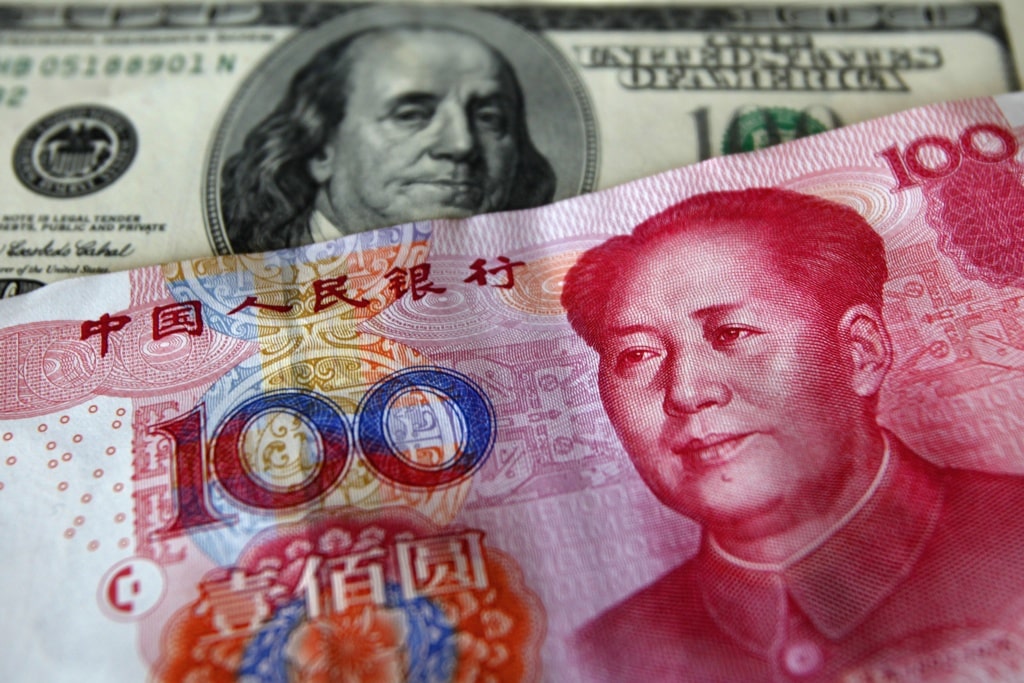While reading a long essay in The Atlantic in May, something jumped off the page at me:
“The Pew Research Center estimates that white households are worth roughly 20 times as much as black households, and that whereas only 15 percent of whites have zero or negative wealth, more than a third of blacks do. Effectively, the black family in America is working without a safety net. When financial calamity strikes—a medical emergency, divorce, job loss—the fall is precipitous.”
The author of this piece, Ta-Nehisi Coates, is arguing the case for reparations to black Americans for over 350 years of “moral debts”. Whether or not one agrees with Coates—and I won’t be taking on that issue here—the wealth gap between blacks and whites in the U.S. is undeniable. Wealth inequality, in turn, is strongly correlated to educational outcomes and health.
At one point in the article, Coates mentions the Great Migration in America, during which about six million black Americans left the South for seemingly more friendly regions elsewhere in the U.S.
This got me thinking of China, specifically China’s own mass migration. Figures published by China’s National Bureau of Statistics show that in the 20 years from 1990 to 2010, 370 million people have moved their official households registration to cities from rural areas. According to 2012 statistics, there are another 260 million migrant workers in China who are registered in rural areas while working and living in cities.
Despite having served as the builders and assemblers that have largely made China’s tremendous economic growth possible, migrant workers are sharing in an ever smaller portion of the rewards. In the 35 years since China’s Reform and Opening policy began, the income gap between urban and rural residents has expanded to 3.3:1 from 2.1:1. In 2011, the average income of China’s corporate executives was 4,553 times than that of migrant workers. Indeed, this growing inequality has been deemed an “urgent” problem by Chinese officials.
I spent a year as a volunteer leading summer camps and weekend classes for migrant workers’ children in Qingdao. These kids’ parents, usually working long hours for a less than fair wage in order to survive in the rapidly developing city, could not afford to provide their children with expensive 补习班 – extracurricular classes – that could enrich their education and give them something to do while the parents worked late.
The programs run out of an NGO called New Urban Home provided these kids with some enrichment. But the organization ran on a razor thin budget, and making ends meet meant that kids were not receiving one-on-one tutoring, but rather sitting in classes of up to 50 students in a tiny classroom.
On top of this, many migrant workers’ kids are unable to attend normal public schools because their parents’ status as outsiders forces the children into under-resourced schools set up for migrant kids. In Qingdao, I could see the negative social outcomes of economic inequality play out in front of me.
Black Americans have very different cultural and even economic struggles when compared with Chinese migrants. But these two groups’ positions in their respective societies share an important characteristic: both make up a disproportionate part of the lower wealth strata.
In the U.S., this legacy, constructed over generations, has become one of the country’s major social problems. As we witness the growing gap between China’s haves and have-nots, we should be concerned for the lasting damage that this unequal development could have on the society 25 or 50 years from now.


